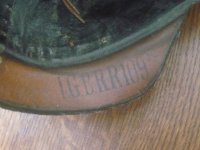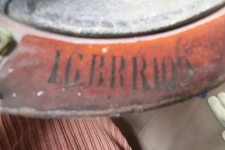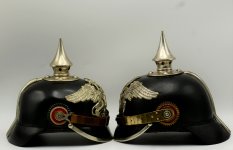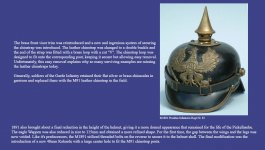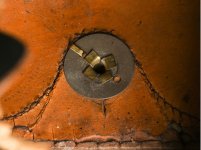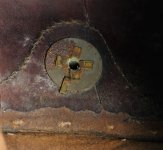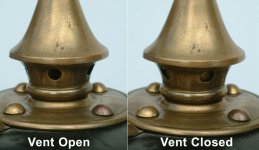For those of you who may not be entirely familiar with differences between the M91 and M95 models of the infantry spike helmet, nothing better than comparing examples from the same regiment.
Everybody knows the M95. The M91 differs by:
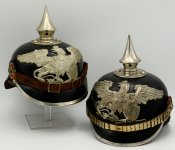
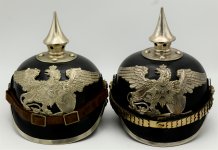
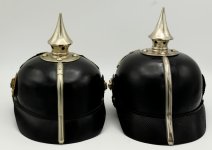
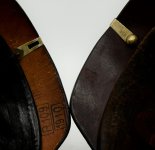
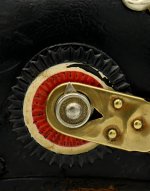
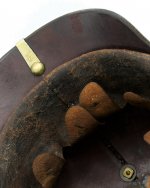
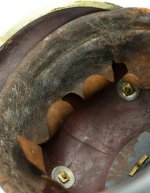
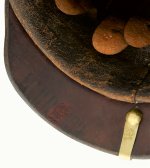
Everybody knows the M95. The M91 differs by:
- A spike with 6 instead of 5 aeration holes, and sometimes a revolving inner metal ring to close these holes, as on the example shown below. This is the latest style though; earlier models with only 2 holes are commonly encountered
- A higher shell, made of thicker leather closed in the back with a large suture. The helmet is significantly heavier
- The spine attachment to the neckguard
- The absence of aerator on the spine
- Front plate attachment by screws and nuts
- The shape of sideposts: the central dome is larger and more prominent
- For this unit, the long ID: LGBR109 for Leib Garde Badisches Regiment 109 (LGBRR109 for reserve units)









